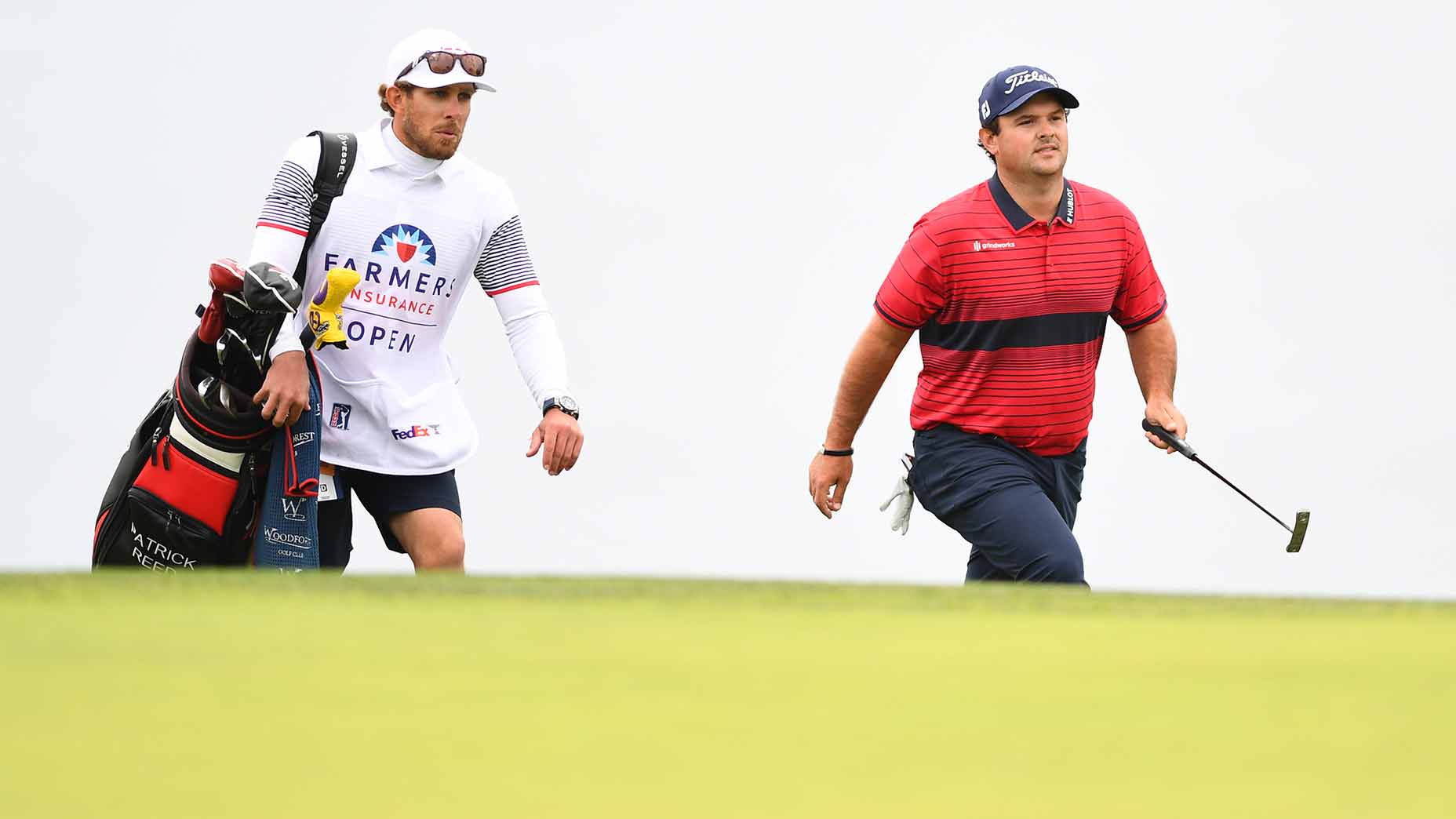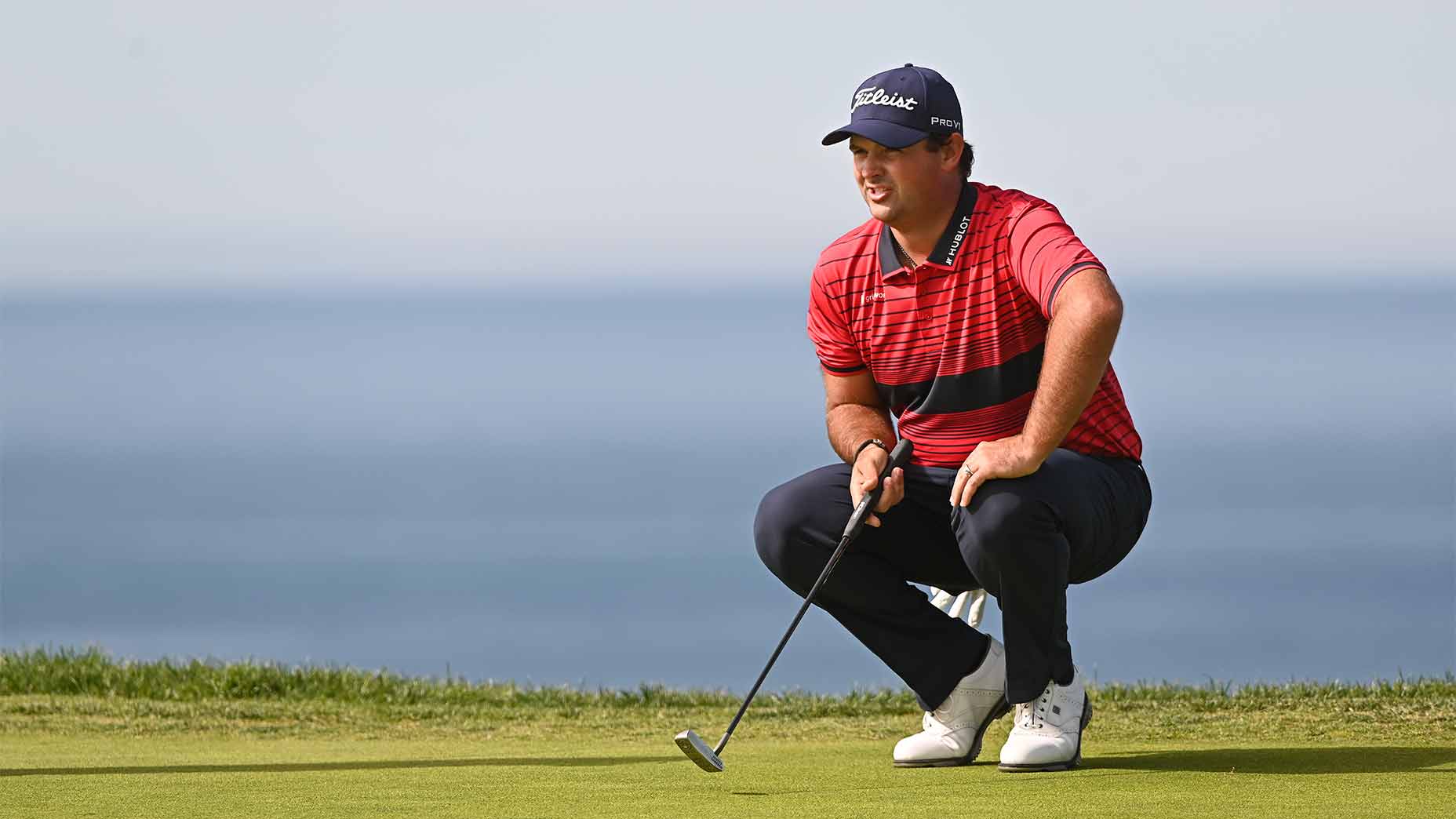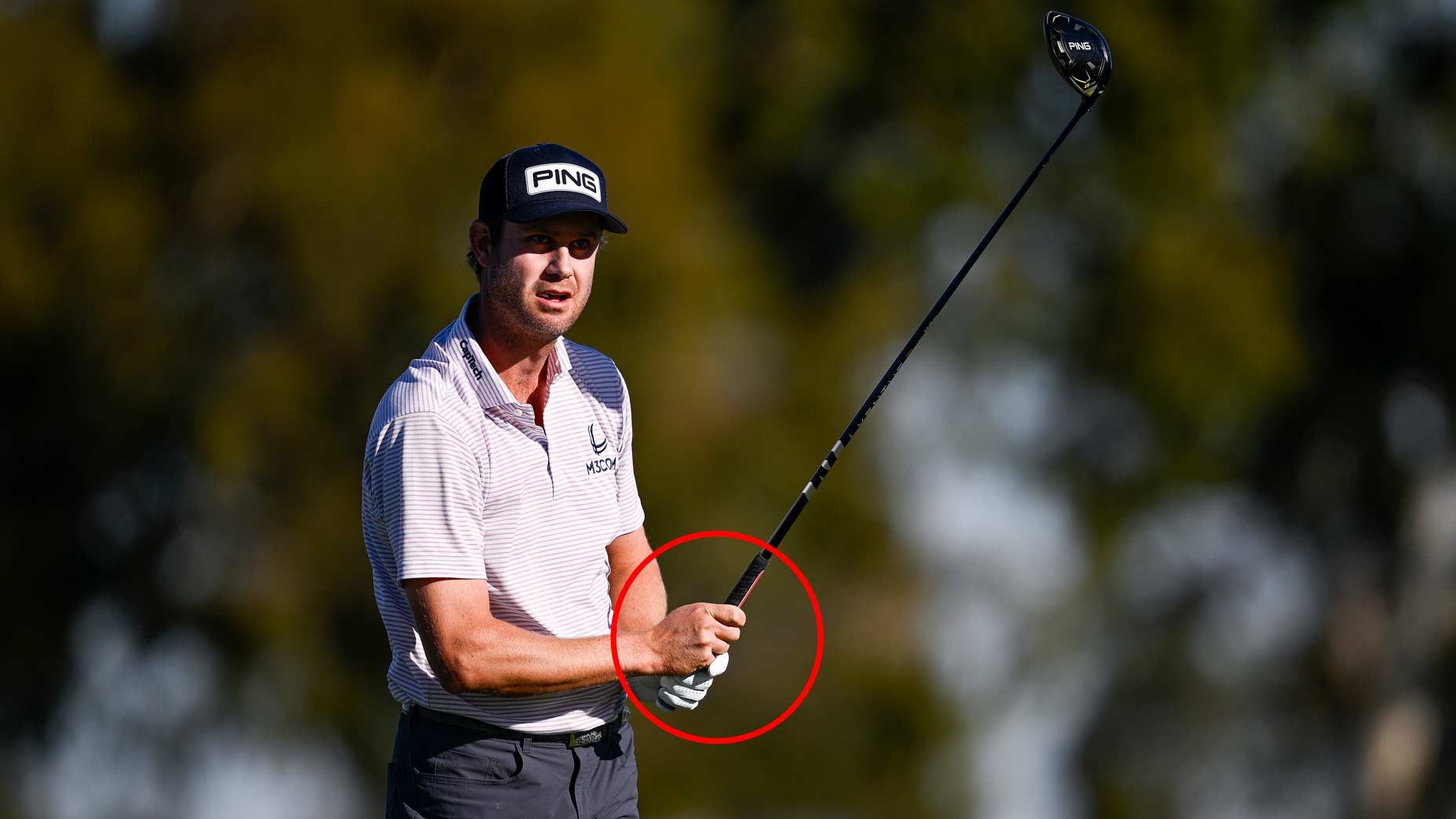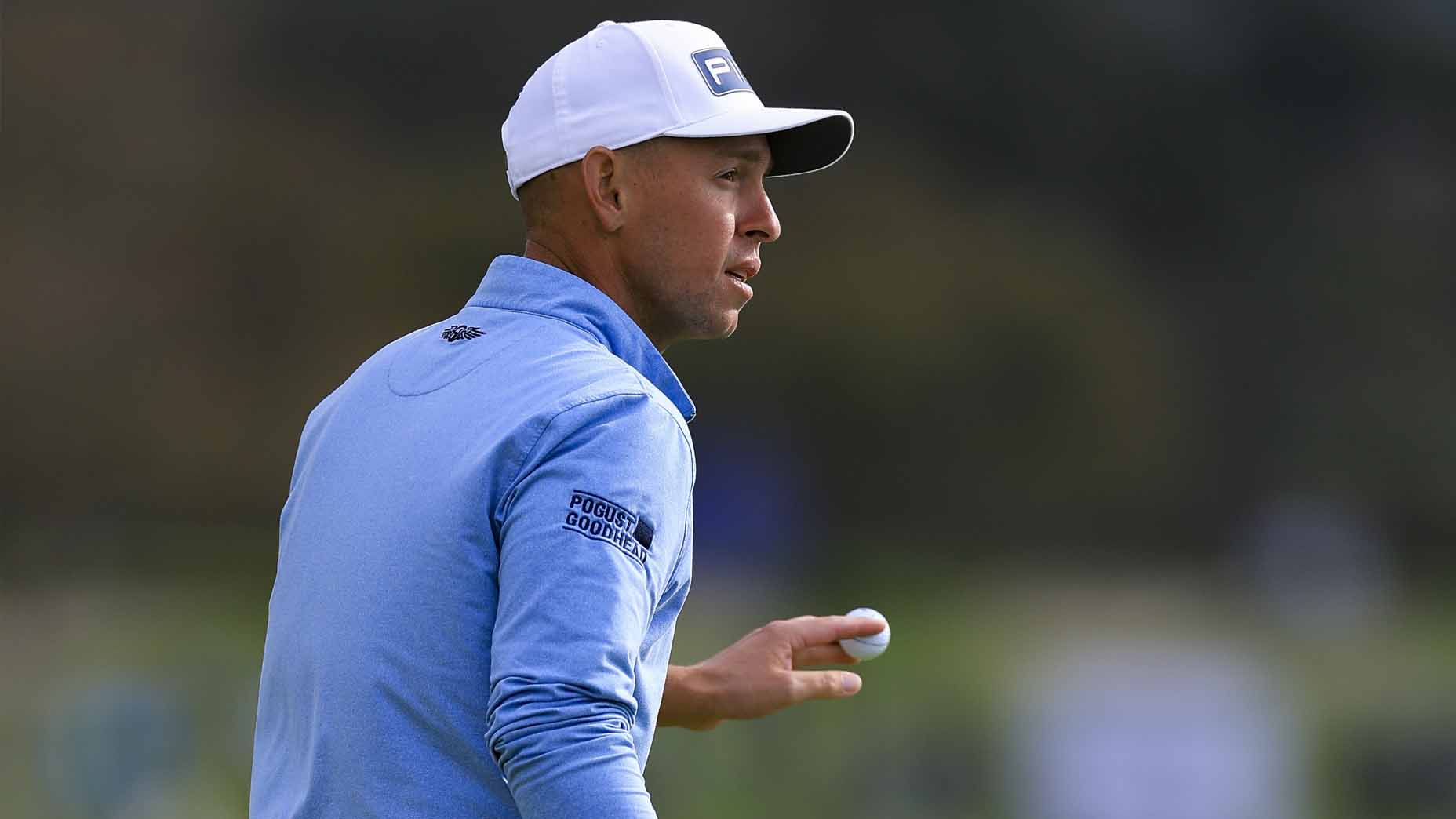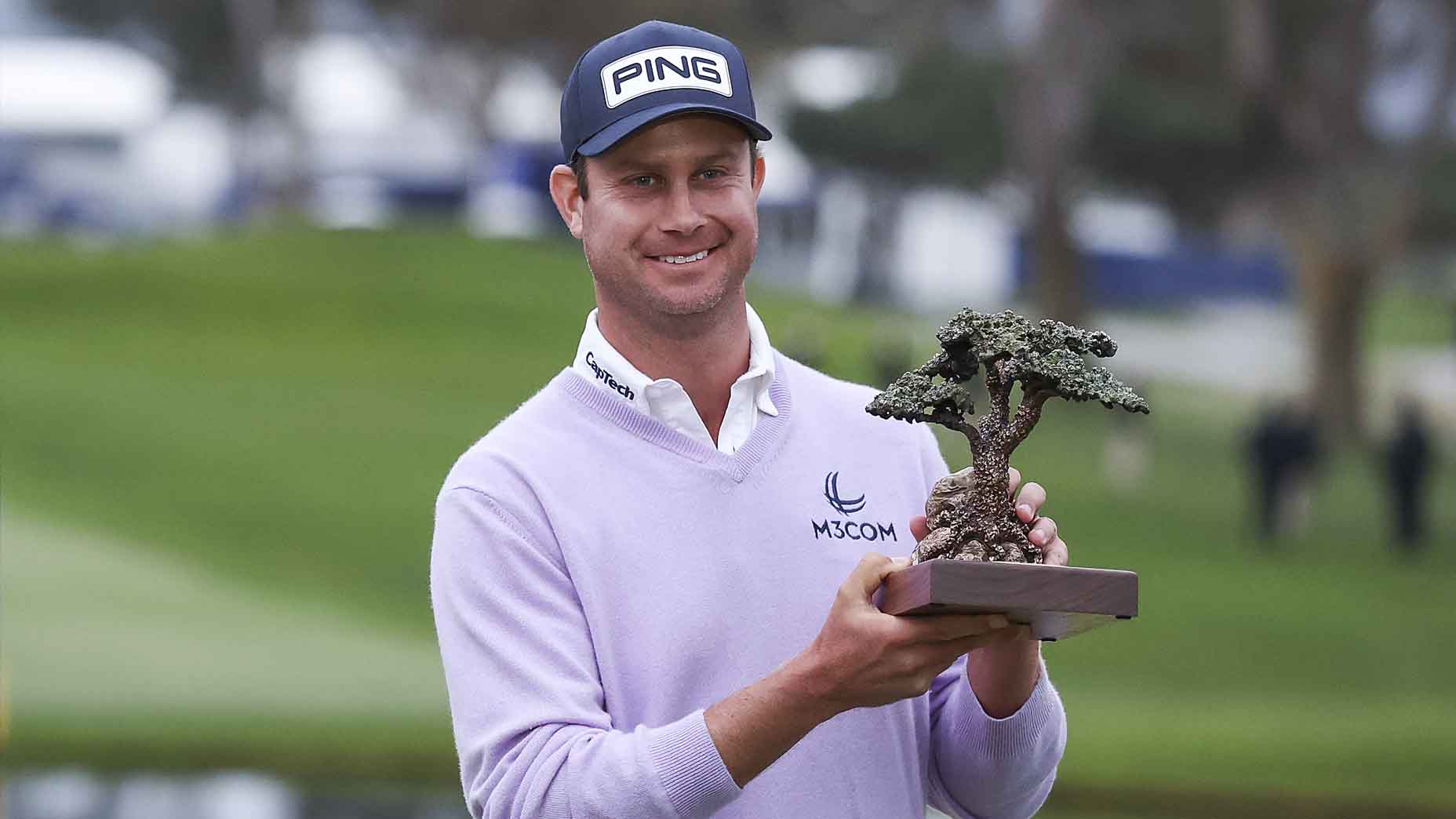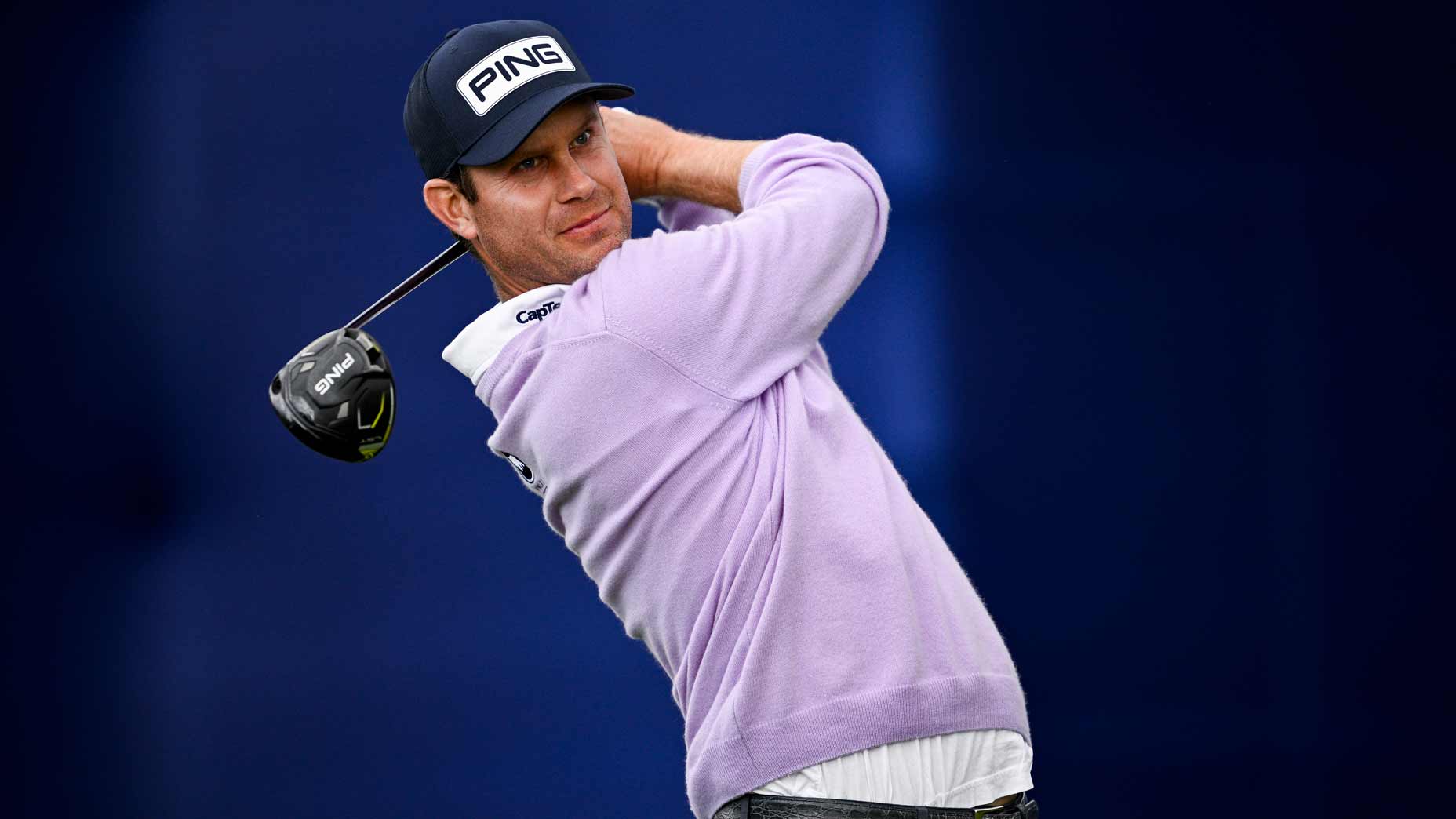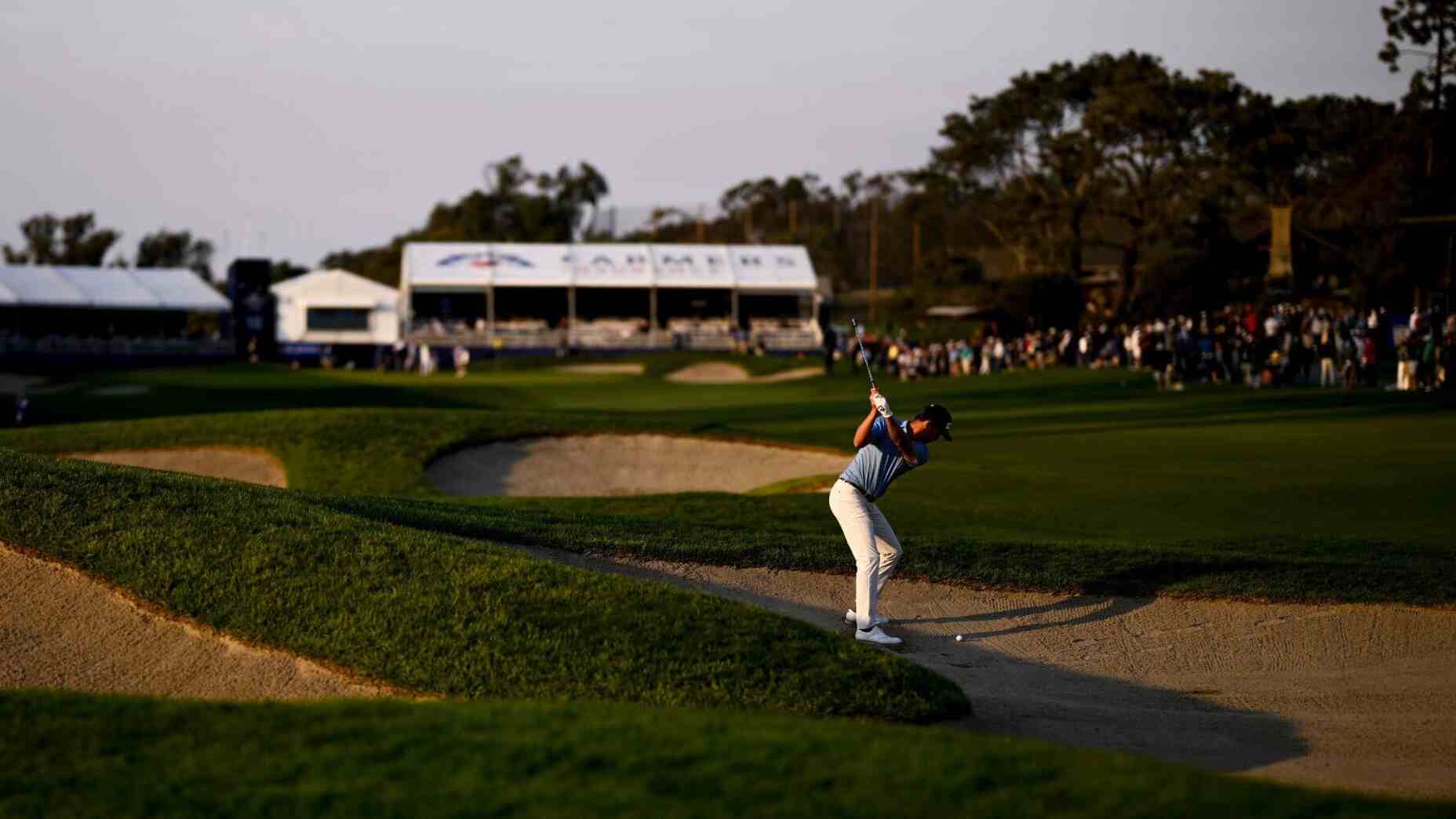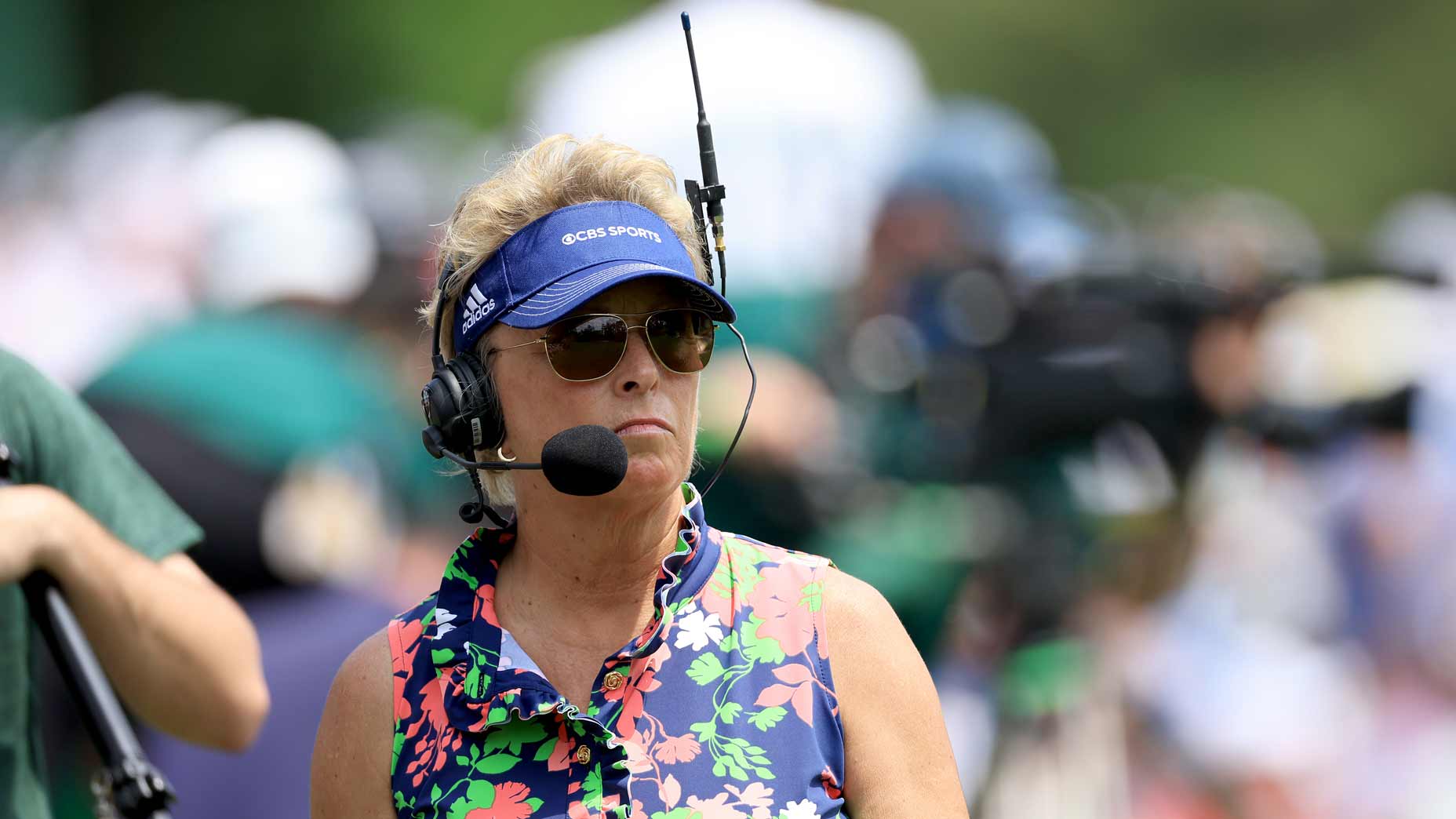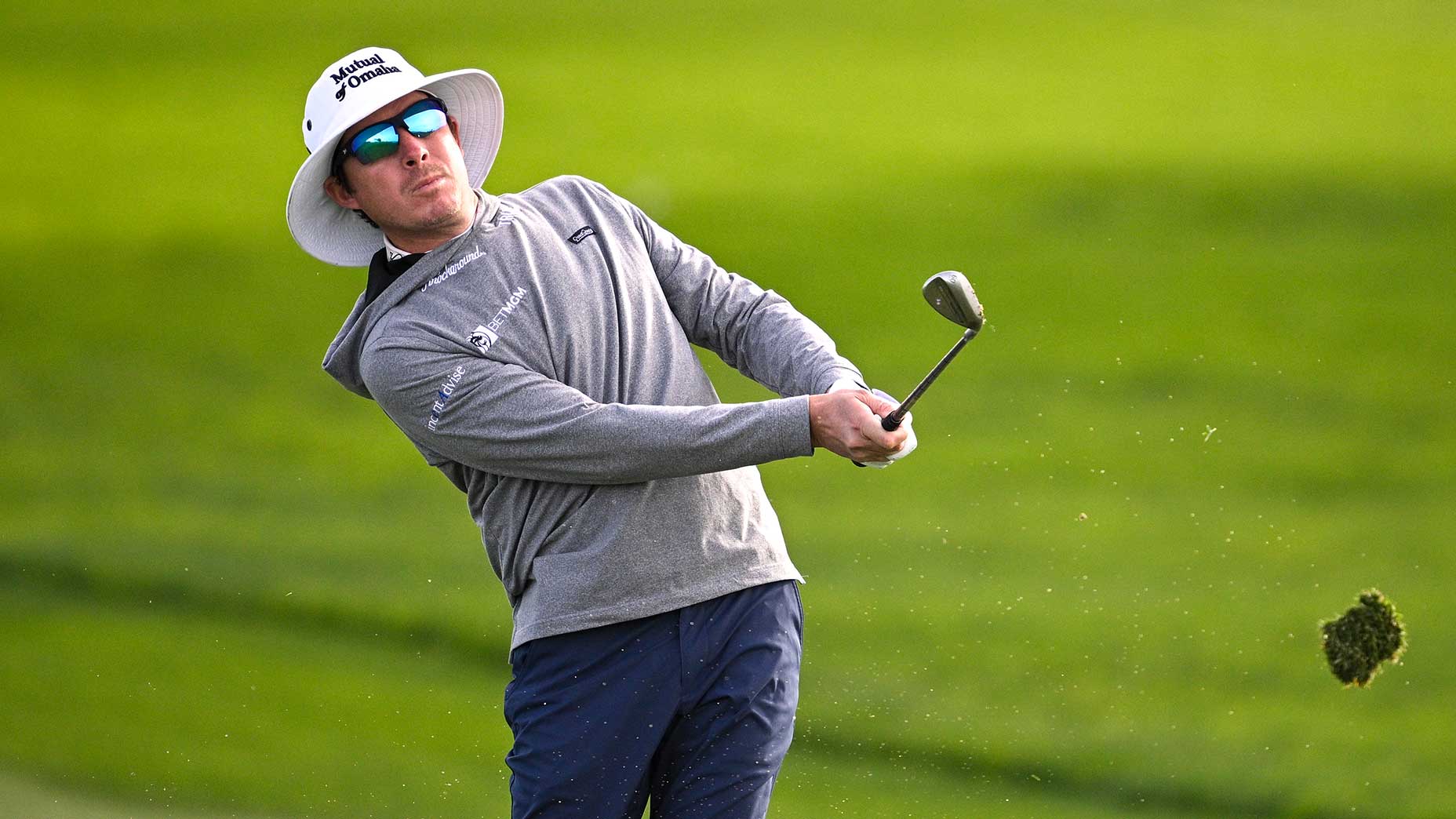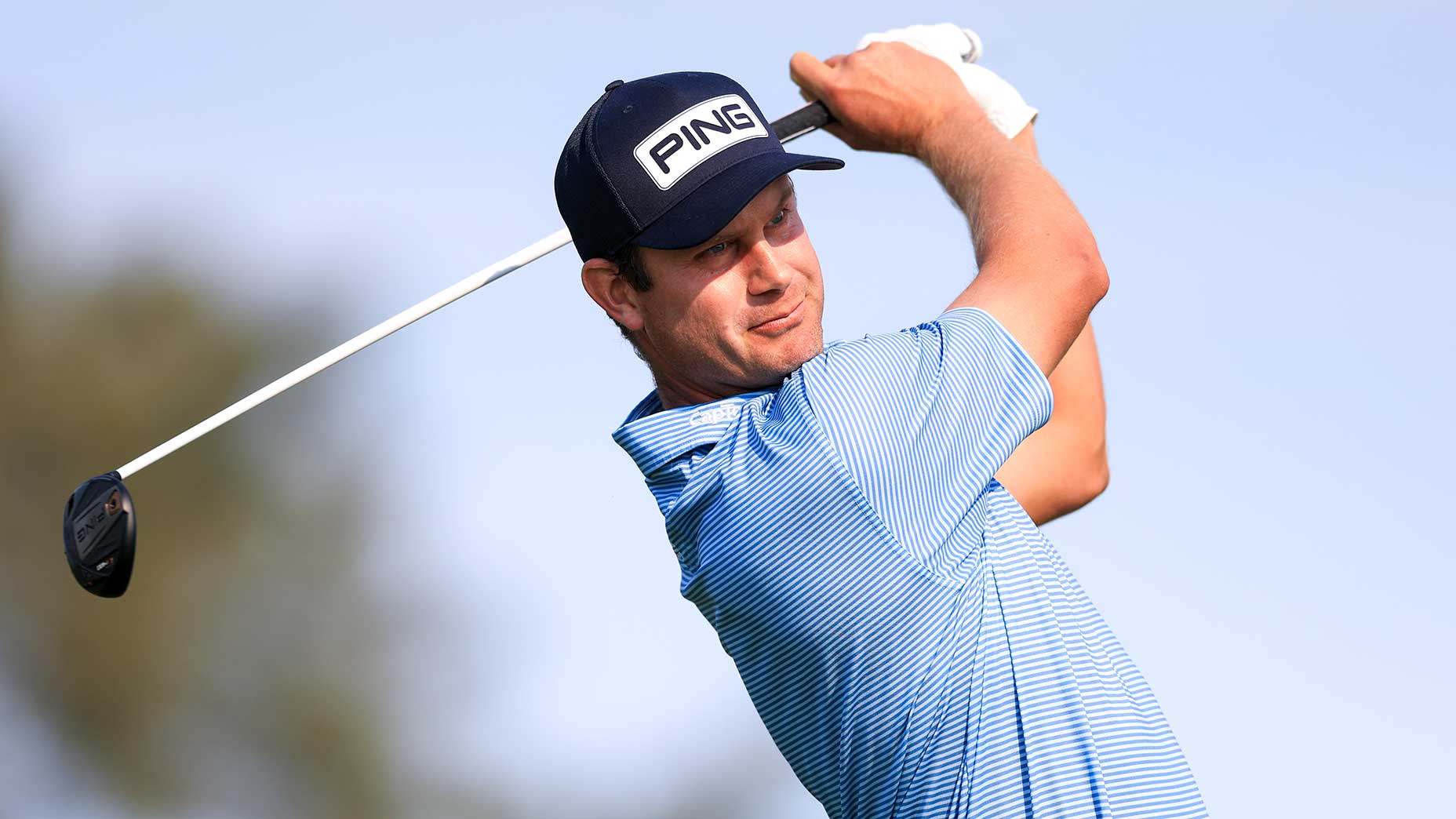Check in every week for the unfiltered opinions of our writers and editors as they break down the hottest topics in the sport, and join the conversation by tweeting us @golf_com. This week, we discuss everything that happened at the Farmers Insurance Open: Patrick Reed’s win, the controversy that surrounded it, the Tour’s decision to play lift, clean and place and more.
1. Patrick Reed was embroiled in another Rules controversy during the third round of the Farmers Insurance (which he went on to win by five strokes). Reed hit his second shot on the par-4 10th hole, his ball took a bounce and it settled into the rough. Reed said he and his group did not see the bounce, he and a Rules official said he had an embedded ball, and he took a drop. Also in the third round, Rory McIlroy encountered a near-identical situation on the par-5 18th, except he didn’t call for an official. On Sunday, senior tournament director John Mutch said: “We’re completely comfortable with both situations and what happened yesterday.” Lots to unpack here, but we’ll ask it simply — are you comfortable with both situations? Should the PGA Tour have handled this in any way differently?
Sean Zak, senior editor (@sean_zak): The only thing I’m uncomfortable with is how quickly Reed seemed to grab his ball — and not gingerly at all — and discard it. He was hasty, bottom line. He acted within the rules and to his best knowledge at the time. Should he have called over an official before setting it aside? I think so. Does he have to? Not under the rule. Should video be used quickly to determine if it bounced? That’s asking for more out of cameramen and the tournament officials. I think this is really just a tricky situation that played out much differently for those on their couches than the players inside the ropes.
What happened after Patrick Reed left Torrey Pines on SaturdayBy: Nick Piastowski
Josh Sens, senior writer (@JoshSens): Based on what those on hand said they saw in the moment — and what we watched on video — there’s no evidence that Reed violated the letter of the law, so I’m not sure how the Tour could have ruled differently (though it did make for an interesting contrast to have rules officials defending Reed even as the CBS crew were raising their eyebrow, and their concerns). Reed is the one who definitely could have done something differently, and that’s the most striking aspect of this incident to me: that despite past experiences and all the grief he’s gotten, he didn’t seem the least bit concerned about appearances. “The optics aren’t good,” Jim Nantz said during the broadcast. Clearly, bad optics didn’t faze Reed in the slightest.
Dylan Dethier, senior writer (@dylan_dethier): No, I’m not quite comfortable with either situation — it’s clear that both players should have acted more carefully, given each player’s ball bounced before allegedly “plugging.” But I know that players are always going to have to officiate themselves, to an extent. I’d have liked to see both players call over another player for a second opinion.
Alan Bastable, executive editor (@alan_bastable): It wasn’t the quick-grab that was so much a problem for Reed as was the quick-grab followed by summoning a rules official. If he was so certain that the ball was embedded — a la Rory on 18 — he should have taken his drop and played on. Calling in an official muddied the whole episode. How could the ref be expected to make a call on a ball that had been moved from its original spot? The Tour’s damage-control response was also super-telling. On Saturday evening, a story appeared on the Tour’s website with the headline “Reed’s drop on 10 declared ‘textbook’ by rules official.” How is lifting a ball before calling in an official “textbook”? Players have done far worse, sure, but it was decidedly not a model execution.
James Colgan, assistant editor (@jamescolgan26): In a vacuum, I’m totally comfortable with both drops. The conditions were obviously soggy and both players acted within the rules. That’s all we ask of pros, right? Outside a vacuum … it’s murkier. Without relitigating Reed’s past, it’s easy to understand why so many golf fans saw his actions as a smoking gun. I happen to think there was no overt intent on his part to subjugate the rules, but it does raise the question: why are we having Patrick Reed rules discussions so frequently? I’m uncomfortable with what that question implies, and I’m uncomfortable knowing many of the powers that be feel no pressure to see these conversations end.
2. Reed, in his press conference on Saturday, said: “The only thing I would have done differently, if we saw the ball bounce or if someone said the ball bounced, then I never would have marked the golf ball. You would have just played as it lies. You know when the ball bounces, it’s almost impossible for it to break the plane and so therefore, when that happens, anytime you see the ball bounce, you just play it as it lies. But since you have three players, three caddies and a volunteer that is probably from me to you that didn’t see the ball bounce, then you obviously are going to go off of that.” Should the Tour employ video replay in these situations, especially without fans on site?
‘Talk amongst the boys isn’t great’: Players express frustration with Patrick Reed rules controversyBy: Josh Berhow
Zak: I don’t think so. It would add another layer of importance on outside forces, and would ask for quick judgement from officials. We’ve seen what slo-mo, instant replay can do for the sport at its worst. This feels like the juice wouldn’t be worth the squeeze.
Sens: Only if it could be done with dispatch, and all players in every position were subject to the same degree of scrutiny. But even then, we’d still be left with that often hazy matter of “intent.”
Dethier: I think when they’re looking at the footage anyway, it makes sense to communicate what they’re seeing to the officials on the ground in real time to avoid an improper ruling. In this case, that would mean saying, “Yo, we saw it bounce! It didn’t plug!” But it would be too bulky to rely on video for every ruling — for now, at least.
Bastable: The Tour might not have a choice. With gambling becoming an integral piece of the Tour’s business model, getting it right is going to become more essential than ever — just as is the case with the NFL and MLB and other leagues that employ replay. Imagine if you had placed a head-to-head wager against Reed on Saturday — how would you feel if he single-handedly made a call on a ruling like that?
Colgan: I loathe the replay system in other professional sports. Loathe it. It’s clunky, time-consuming and inconsistent. Bringing it to golf is an awful, terrible idea. But it might be better than relying solely upon the vision of septuagenarian volunteers.
3. Reed, as he has done many times in the past, seemed to quickly put the commotion behind him and cruise to victory on Sunday. Is there a more resilient player in recent memory than Reed?
Zak: He’s incredible. I think the answer is Brooks Koepka, who has basically dominated majors in very testy spots. Reed would be No. 2 on that list for me, though. The guy is STEELY, and that short game is just otherworldly.
Sens: Does Tiger’s comeback count? I think it does. And the things that he endured — his private foibles held up for endless tabloid scrutiny, even as he went through physical hell and saw his game reduced to rubble — make what Reed has dealt with seem like a minor distraction.
Bastable: Yeah, Tiger’s first post-scandal Masters start is still the standard for blinders-on resilience, but Reed is right there. Dude thrives on adversity. And this cannot be said enough: However you feel about him, he is great for fan engagement. Imagine the Yankees without the Sox, or Hogan (Hulk, not Ben) without Piper. That would be golf right now without PReed.
Dethier: One could argue that he’s overcoming adversity that he himself is creating, so I’m torn on how to properly assign credit here. But I’m undoubtedly impressed with his play under fire — it’s unbelievable how he seems to raise his game when people are mad at him. In this case, it’s far easier to tune out Twitter haters when there are no actual fans in attendance, but Reed has shown that a live audience isn’t usually a problem either.
Colgan: Woods and Koepka are both good choices, and we’re also leaving out Patrick Cantlay, who missed several years of his prime recovering from injuries and suffered personal tragedy with the unexpected loss of his friend/caddie, before ascending to become a top-15 player in the world. Speaking of the Sox, Reed is up there with Manny Ramirez in terms of players who feed most off being public enemy No. 1. It’s admirable.
4. The Reed affair took much of the air out of the other weekend storylines at Torrey Pines. What was the second-biggest story that fans might have missed?
Zak: I’ll go with Tony Finau, again having a chance to do something, and ultimately not doing much. Seriously, he shot 69 and it probably could have been a 66. But a horrible three-putt down the stretch and leaving his go-for-it approach into 18 short were two winning moments where he didn’t make winning strokes. It’s a trend. We keep talking about it, and will keep talking about it, until he closes.
Sens: Rory. Another Sunday stumble after starting the day right in the mix.
Bastable: Sure, Finau, Rory, both good talking points. Also, should we already anoint Rahm (T7) the 2021 U.S. Open champion? But only one topic will be discussed at virtual water coolers Monday morning, and that’s P. Reed. What if he had won by only one stroke. Then what?
Dethier: A feel-good story: Francesco Molinari! He shot a Sunday 66 (bested by one player) to notch his second consecutive top 10. That would be no big deal, but Molinari’s most recent top 10 before that was at the 2019 Masters, when he splashed a couple of crucial shots down the stretch. Onward, Francesco!
Colgan: A sneaky Sunday story was Xander Schauffele’s late run to finish T2. He’s from San Diego but told me a week ago he’s never felt comfortable playing at Torrey. Maybe he figured something out this week. Wouldn’t that be a fitting setting for a major championship breakthrough come June?
5. During the first round of the Farmers, preferred lies were in play despite near-perfect conditions. The PGA Tour made the ruling because the tournament was being played on two courses for the first two rounds, and bad weather was expected (and arrived) on Friday. Did the Tour make the right move?
Zak: No. Not at all. Weather changes! Storm fronts dissipate! These courses aren’t so different that rain would make scoring on one more difficult than the other. I am still puzzled by that ruling, and think the R&A must have been cackling overseas.
Sens: Agreed. The Tour out-thought itself in that decision. You can’t legislate for every variable. That one should have been left alone.
Bastable: Weird call for sure. If they employed that practice at British Opens, every second round would be LCP. The beauty/madness of golf is what the course — and the conditions — bring you on a given day. Some days you luck out, other days not, and over time it all evens out. Tourney organizers shouldn’t meddle with that.
Dethier: I think this one’s unanimous. This made no sense.
Colgan: It hailed in San Diego and it was the second-weirdest weather-related story this week. Probably not a good sign for the Tour.
6. Our Josh Berhow discovered this week that the color of a Sharpie on a golf ball can affect a player’s emotional state. “In turn, their mood can impact how they think and ultimately, how they perform,” said Amy Morin, the editor-in-chief of Verywell Mind, a psychotherapist and an international bestselling author of books on mental strength. What’s your color and why?
Zak: Orange. It’s sunny. It’s citrusy. It’s mellow, but bright. There is no better color than orange.
Sens: Canary yellow is all of those things as well. An underrated color, despite what happened to Sergio Garcia when he wore it in that round with Tiger at the 2006 British Open. And puce. Who doesn’t like puce? Or, at least, saying “puce.”
Dethier: Yellow is too hard to see. Red is obviously the best answer! Red for birdies, red for the color of victory, red to channel just a little bit of Tiger Woods.
Bastable: One simple black line will suffice, thank you very much. I don’t need any more distractions.
Colgan: Zak is right for the wrong reasons. There’s no better color and no better alma mater. Go Orange.
